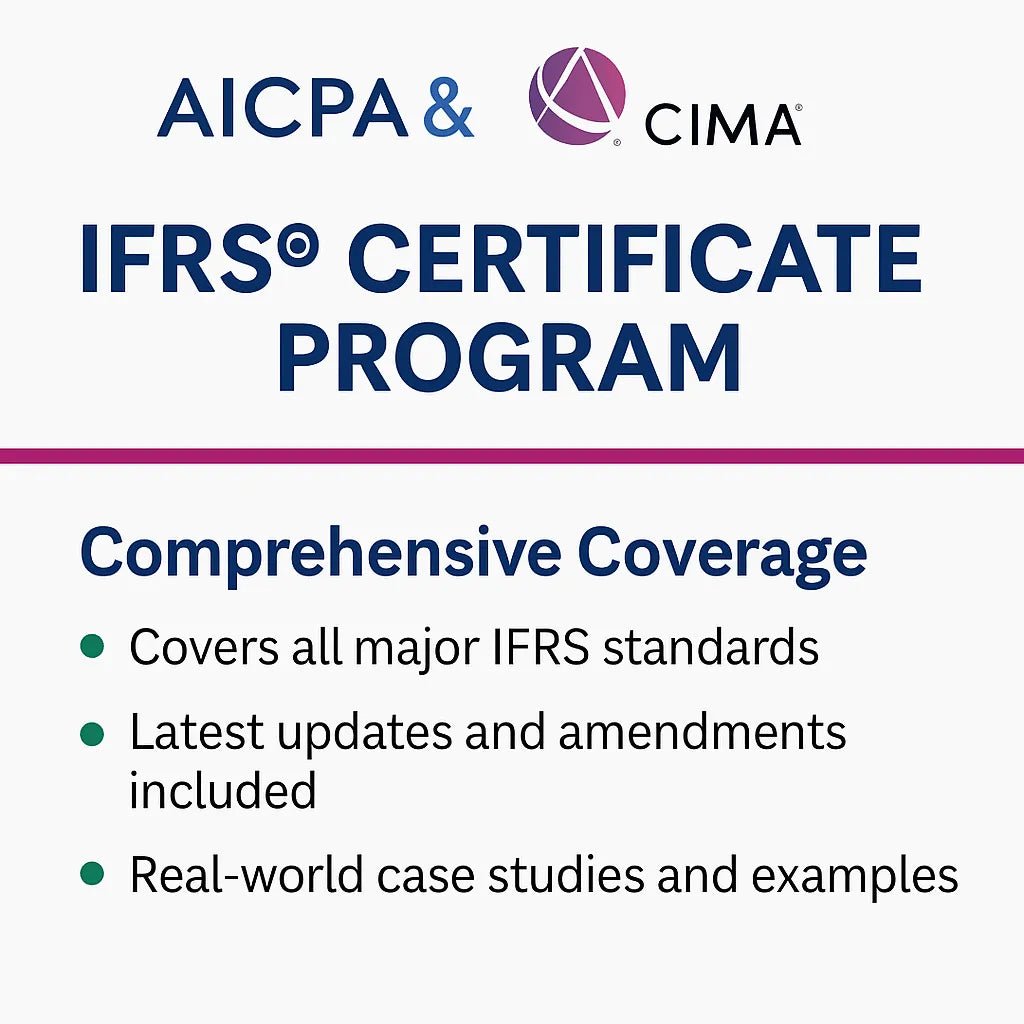400°F in Celsius: Convert Fahrenheit to Celsius Easily
400°F in Celsius: A Comprehensive Guide to Temperature Conversion
400°F in Celsius is a standard conversion, particularly in baking and roasting. If you’ve ever wondered how to convert 400°F to Celsius or what 400°F in Celsius means, this guide is here to help. Understanding this conversion ensures that your dishes are perfectly cooked, whether following a recipe or adjusting your oven settings.
Why Convert 400°F to Celsius?
Accurately converting temperatures from Fahrenheit to Celsius is crucial for anyone working with recipes from regions that use different temperature scales. Here's why knowing how to convert 400°F to Celsius is essential:
- Global Cooking: Many recipes from the United States use Fahrenheit, while most other countries use Celsius.
- Baking Precision: The exact temperature can significantly impact the outcome of your baked goods. 400°F is a standard temperature for roasting meats and baking goods that need a crispy texture.
- Temperature Consistency: Properly converting and maintaining your oven temperature helps ensure even cooking and consistent results.
How to Convert 400°F to Celsius
The conversion from 400°F to Celsius can be calculated using this simple formula:
°C=(°F−32/1.8)
When applying this to 400°F:
°C=(400−32)/1.8=204.44°C
Rounding to the nearest whole number, 400°F equals 204°C.
Steps to Convert 400°F to Celsius
-
Subtract 32 from the Fahrenheit value:
- 400−32=368
-
Divide the result by 1.8:
- 368/1.8=204.44°C
-
Round to the nearest whole number:
- 204°C
Understanding the Conversion Formula
- Subtract 32: Adjusts for the difference in zero points between the Fahrenheit and Celsius scales.
- Divide by 1.8: Accounts for the difference in scale increments, as one degree Fahrenheit is smaller than one degree Celsius.
Common Uses for 400°F in Celsius
400°F Celsius is equivalent to 204°C, which is versatile for various cooking and baking techniques. Let’s explore the most common and practical applications of 400°F in Celsius in your kitchen.
Roasting Vegetables to Perfection
Roasting vegetables at 400°F (204°C) creates the perfect balance of crispy exteriors and tender interiors. The high temperature caramelizes the natural sugars in vegetables like carrots, potatoes, and Brussels sprouts, resulting in a deep, rich flavor. Here's why 400°F works exceptionally well for roasting:
- Even Cooking: The consistent heat at 400°F ensures your vegetables cook evenly, preventing them from drying out. Consequently, you achieve a uniformly roasted dish.
- Flavor Development: Roasting at 204°C enhances the vegetables' natural sweetness, allowing them to develop a rich, caramelized flavor without burning.
- Versatility: This temperature suits a wide range of vegetables, from hearty root veggies to delicate cruciferous varieties. Thus, 400°F offers flexibility in your cooking.
Baking Crispy and Flaky Pastries
When you bake at 400°F (204°C), you achieve the perfect texture in pastries like pies, croissants, and puff pastries. This temperature provides the necessary heat to create a golden, flaky crust while ensuring the inside remains soft and fully cooked. Here’s how 400°F enhances your baking:
- Golden Crust: The high temperature of 204°C helps the dough rise quickly, creating a light, flaky crust that turns golden brown. As a result, your pastries look as good as they taste.
- Moist Interior: While the exterior becomes crisp, the interior stays tender and moist, offering a delightful contrast in texture. This balance is crucial for pastry perfection.
- Quick Baking: 400°F ensures your pastries bake quickly, essential for items like puff pastry that require a fast bake to maintain their delicate layers.
Roasting Meats for Juicy, Flavorful Results
Roasting meats at 400°F (204°C) is preferred among chefs and home cooks. This temperature is perfect for achieving a well-seared exterior while keeping the interior juicy and flavorful. Whether you’re roasting a whole chicken, a beef roast, or pork tenderloin, 400°F offers several key benefits:
- Crispy Skin: When you roast poultry at 400°F, the high heat effectively renders fat, resulting in a crispy, golden-brown skin. This crispy skin adds both texture and flavor to your dish.
- Moist and Tender Meat: The high temperature of 204°C helps seal in the juices, ensuring the meat stays moist and tender. This results in a flavorful and satisfying meal.
- Perfect for Larger Cuts: 400°F is excellent for larger cuts of meat, providing enough heat to cook them thoroughly without drying them out. Therefore, you can confidently roast larger portions.
Broiling for a Quick, Crispy Finish
Broiling at 400°F (204°C) is an excellent technique for finishing dishes that need a crispy top or a quick sear. This method is often used at the end of cooking to add texture and enhance the flavor of dishes such as casseroles, gratins, and steaks. The benefits of broiling at this temperature include:
- Quick Cooking: 400°F is hot enough to broil food quickly, which is perfect for adding a crisp top layer to dishes. Thus, you can finish off your meal with a satisfying crunch.
- Intensifies Flavor: The high heat at 204°C caramelizes the surface of the food, enhancing its flavor. Consequently, each bite is more flavorful and rich.
- Versatility: Broiling at 400°F works well for various dishes, from melted cheese toppings on casseroles to the final sear on steaks. Therefore, it’s a versatile technique in your culinary toolkit.
Reheating Pre-Cooked Meals
Reheating pre-cooked or frozen meals at 400°F (204°C) ensures the food heats evenly without becoming overcooked or soggy. This temperature is particularly effective for foods that need to retain their original texture, such as pizza, fried foods, and casseroles. Here’s why 400°F is the right choice for reheating:
- Retains Crispiness: Reheating at 400°F helps restore the crisp texture of foods like pizza or fried chicken, so reheated food tastes freshly cooked.
- Even Heating: The temperature is high enough to heat the food thoroughly without drying it out. Consequently, the entire dish warms up evenly.
- Quick and Efficient: 400°F allows faster reheating, making it convenient for busy schedules. Therefore, you can enjoy your meal sooner rather than later.
Baking Bread and Rolls
Baking bread and rolls at 400°F (204°C) is expected when you need a firm, golden crust while maintaining a soft, airy interior. Whether you're baking a rustic loaf of bread with halim seeds or fluffy dinner rolls, this temperature is perfect for achieving bakery-quality results:
- Crust Formation: The high temperature at 400°F helps create a firm crust, which is essential for artisanal breads. As a result, your bread has a satisfying crunch.
- Even Rise: Baking at 204°C ensures the bread rises evenly, resulting in a uniform crumb. This consistency makes your bread visually appealing and enjoyable to eat.
- Perfect Rolls: Dinner rolls baked at 400°F develop a soft, pillowy texture with a lightly browned top. Therefore, they are perfect for any meal, from casual dinners to holiday feasts.
Creating Perfectly Baked Potatoes
Baking potatoes at 400°F (204°C) is critical to achieving a crispy skin with a soft, fluffy interior. This temperature allows the potatoes to cook through without becoming dry. Here’s how 400°F helps you bake the perfect potato:
- Crispy Skin: 400°F is ideal for rendering the potato skin crispy and slightly chewy, adding a delightful texture contrast to the soft interior. Consequently, your potatoes will have the perfect bite.
- Fluffy Interior: The even heat at 204°C ensures the potato's interior is soft and tender, perfect for topping with butter, sour cream, or cheese. Therefore, each bite is both creamy and flavorful.
- Versatile Cooking: Whether baking Russets, sweet potatoes, or Yukon Golds, 400°F is a versatile temperature that works well across different varieties. As a result, you can enjoy perfectly baked potatoes every time.
- By mastering the use of 400°F Celsius (204°C), you can elevate your cooking and baking to new heights. We
Quick Reference Chart: Fahrenheit to Celsius
For convenience, here’s a quick conversion chart for common baking and cooking temperatures:
| Fahrenheit (°F) | Celsius (°C) |
|---|
| 350°F | 177°C |
| 375°F | 190°C |
| 400°F | 204°C |
| 425°F | 218°C |
| 450°F | 232°C |
| 475°F | 246°C |
Use this chart to convert other oven temperatures from Fahrenheit to Celsius quickly.
Tips for Accurate Temperature Conversion
- Always Round Wisely: Rounding to the nearest degree helps maintain consistency in cooking and baking.
- Use a Reliable Thermometer: A digital oven thermometer ensures your oven is at the correct temperature, avoiding overcooking or undercooking.
- Understand Your Oven: Ovens can vary in temperature. Knowing whether your oven runs hot or cold can help you adjust accordingly.
The frequently Asked Questions About 400°F in Celsius.
Is 400°F the same as 204°C?
Yes, 400°F converts to 204°C. This temperature is commonly used in baking and roasting recipes.
Why is there a slight difference between Fahrenheit and Celsius?
The Fahrenheit and Celsius scales have different increments, with Fahrenheit using more minor degrees. This can lead to slight differences when converting between the two.
Can I use 204°C if my recipe says 400°F?
Definitely! 204°C is the correct conversion for 400°F, so you can confidently follow your recipe using this temperature.
Conclusion: Mastering the 400°F to Celsius Conversion
Understanding how to convert 400°F to Celsius is valuable for any cook or baker. Whether you’re working from a recipe that uses Fahrenheit or converting for a different oven standard, knowing that 400°F equals 204°C ensures your food is cooked to perfection. Keep this guide handy for quick conversions, and enjoy consistent, delicious results in your kitchen.
Other Conversion formulas
Conversion formulas Questions? Answers.
Why is the conversion factor from centimeters to inches approximately 0.393701?
This conversion factor is derived from the exact relationship between the inch and the centimeter. One inch is defined as exactly 2.54 centimeters, so the inverse gives approximately 0.393701 inches per centimeter.
Why is the formula for converting Celsius to Fahrenheit structured this way?
The formula accounts for the different starting points and scales of the Celsius and Fahrenheit systems. Celsius is based on the freezing and boiling points of water (0°C and 100°C), whereas Fahrenheit is based on 32°F for freezing and 212°F for boiling.
What is the formula to convert Celsius to Fahrenheit?
The formula to convert Celsius to Fahrenheit is:Fahrenheit=
(Celsius×9/ 5)+32 Fahrenheit
Refer the following links for easy conversions
What is the formula to convert pounds to kilograms?
The formula to convert pounds to kilograms is:
kilograms=pounds×0.453592 kilograms
Refer to the following links for weight conversions
What are some common cm to feet tools
Pls refer to the following links for the popular cm to feet
What is the formula to convert centimeters to inches?
The formula to convert centimeters to inches is:
inches=centimeters×0.393701 inches
Popular conversions
What is the formula to convert miles to kilometers?
The formula to convert miles to kilometers is: kilometers=miles×1.60934 kilometers













Leave a comment